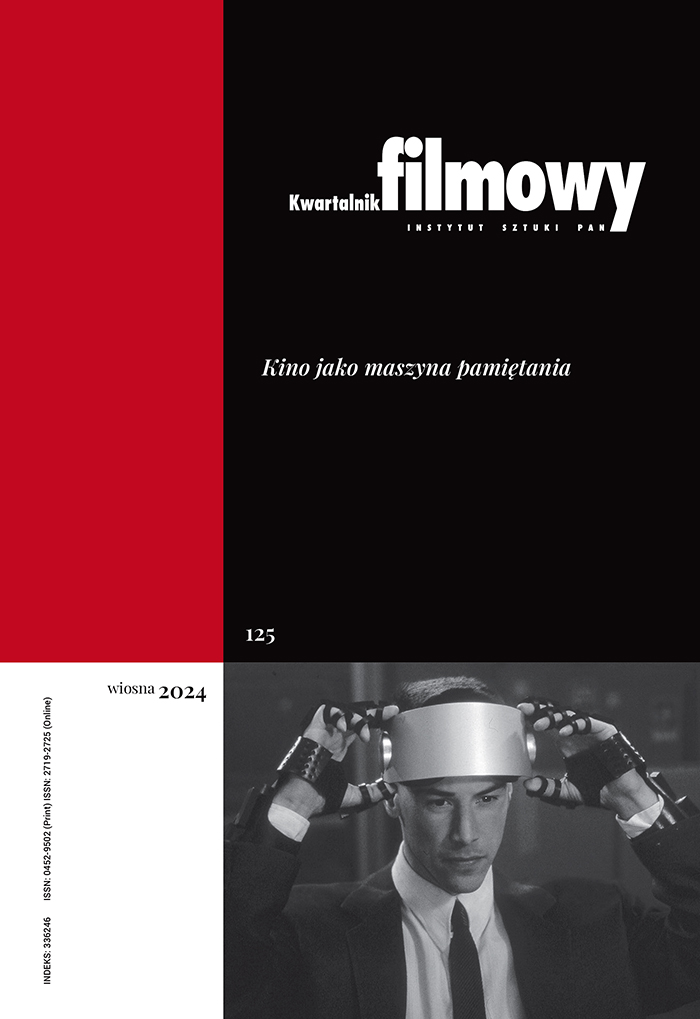“Carry On” Abroad
Abstract
Films from the Carry On series are imbued with such a peculiar sense of humour that even abroad they are promoted as the quintessence of Britishness. They are not, however, examples of „esoteric” texts that are understood and popular only in Great Britain. It’s quite the opposite; the series has enjoyed huge popularity all over the world. Bannister ponders on the phenomenon of Carry On. He unveils the simple mechanism of the series humour: it is based on two elements: visual buffoonery and verbally childish obscenity. Bannister also examines its social aspect - the way in which it reflects frustrations and views of the working class. He goes even further to say that if the origin of Carry On comedies reaches beyond the spirit of McGill’s seaside-postcards to Mennippean satire, and if the tradition of Carry On heroes reaches beyond the genre of modern caricature to the world of Middle Age carnival jesters, then a social sense behind the films’ humour is not purely British but is part of other cultures, too.
Keywords:
British cinema, humour, working classReferences
Nie dotyczy / Not applicable
Google Scholar
Authors
John Bannisterkwartalnik.filmowy@ispan.pl
University of Central Lancashire United Kingdom
Ukończył studia na kierunku filmu i mediów na University of Central Lancashire.
Statistics
Abstract views: 28PDF downloads: 11
License
Copyright (c) 2006 John Bannister

This work is licensed under a Creative Commons Attribution 4.0 International License.
The author grants the publisher a royalty-free non-exclusive licence (CC BY 4.0) to use the article in Kwartalnik Filmowy, retains full copyright, and agrees to identify the work as first having been published in Kwartalnik Filmowy should it be published or used again (download licence agreement). The journal is published under the CC BY 4.0 licence. By submitting an article, the author agrees to make it available under this licence.
In issues from 105-106 (2019) to 119 (2022) all articles were published under the CC BY-NC-ND 4.0 licence. During this period the authors granted a royalty-free non-exclusive licence (CC BY-ND 4.0) to use their article in „Kwartalnik Filmowy”, retained full copyright, and agreed to identify the work as first having been published in our journal should it be published or used again.











